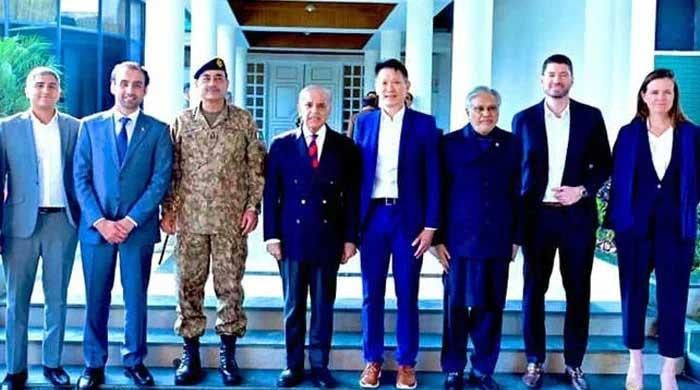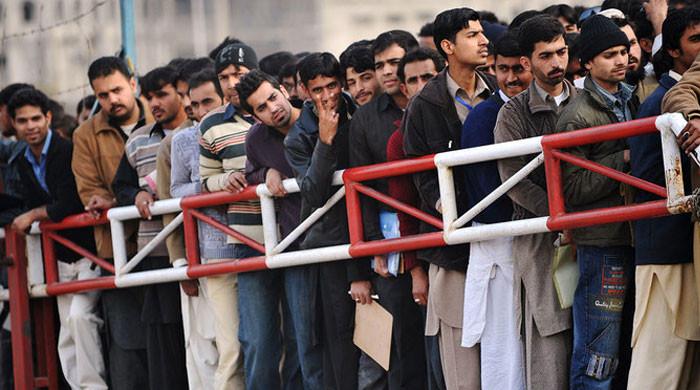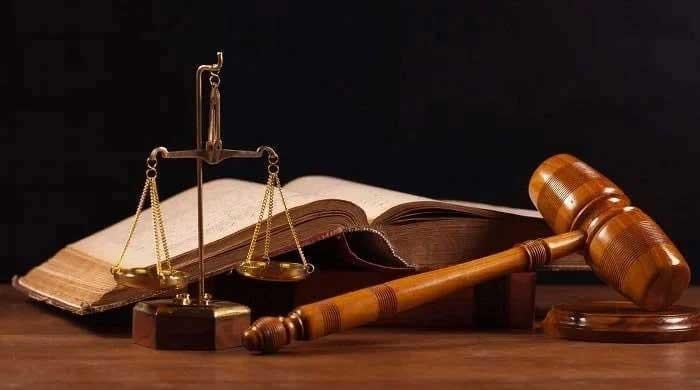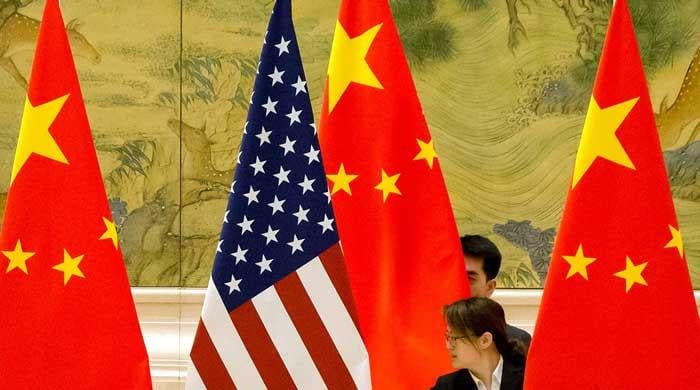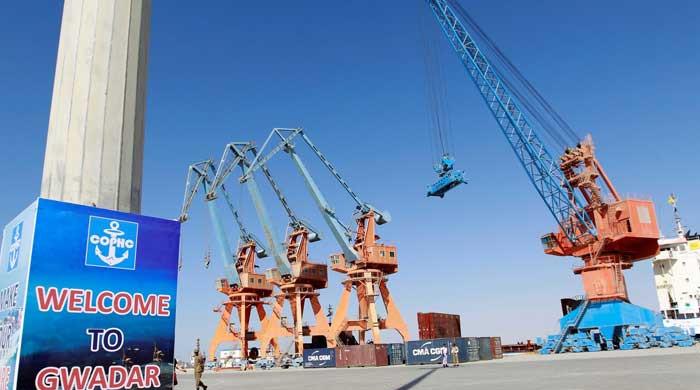Is suo motu jurisdiction a threat to rule of law?
Suo motu jurisdiction generates populist trends and competition amongst judges
September 03, 2021
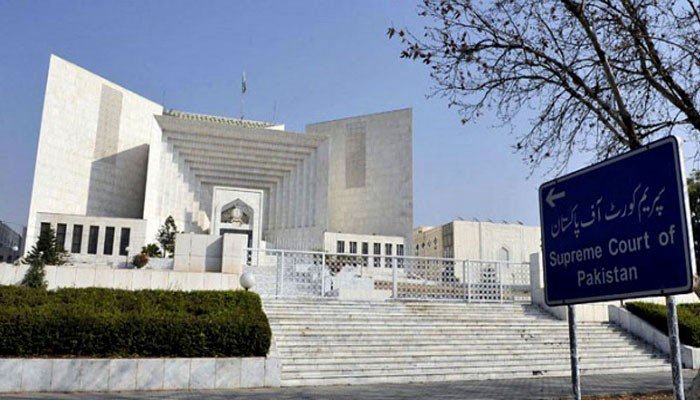
The myth of constitutionalism in Pakistan keeps bursting. Almost all branches of the government, despite their powers clearly defined in the constitution, are wont to transgressing constitutional limits.
The Constitution of 1973 was adopted in the most peculiar circumstances. Its structure and design, borrowed from several sources primarily meant to create a stable government, was left with many imbalances. Primary and chronic issues of abuse of power, disobedience to the constitution and abhorrence to rule of law continue to recur. The skeleton of its letters lacks the flesh of its spirit.
The constitution and laws provide for the distribution and manner of exercise of judicial power for courts created under the constitution and laws. This is called jurisdiction, which is distributed amongst various courts according to the subjects and nature of rights, interests, duties involved. The exercise of judicial power in accordance with the jurisdiction is a guarantee against oppression from within the judiciary and from other branches of the government. This is called due process.
One of the foundational principles of constitutional law is that no court has jurisdiction unless it is expressly conferred by the constitution or law, and this principle further based on the principle of natural justice ‘nemo judex causa sua’. Judicial power is a trust conferred by the people. It is equally an essential part of judicial power. A court cannot arrogate to itself a jurisdiction not given to it under Article 175(2).
The rise of suo motu started with the advent of the critical judicial era of Justice Iftikhar Muhammad Chaudhry, the former chief justice of Pakistan, more particularly after his re-coronation with the Lawyers’ Movement of 2007-2009. CJ Saqib Nisar took it to another level. Several other chief justices showed restraint.
Basically, it is the exercise of judicial power by the Supreme Court (to the exclusion of every other court) in cases involving a violation of the fundamental rights enumerated in chapter 1 of Part II of the constitution. The chief justice, in the absence of any formal petition/proceedings on the basis of a letter, news item or a TV report can initiate judicial proceedings against any individual, institution or any other branch of the government, literally about any issue. The court is free to give any meanings and life to a right.
The cornerstone of the temple of justice is its impartiality -- which means that a judge cannot support a cause before him/her. The basic argument in support of suo motu jurisdiction is that it is the duty of the court to enforce fundamental rights. The Supreme Court under Article 184(3) of the constitution can exercise this power because its language permits it. A two-pronged test, violation of fundamental right and matter of public importance, once met, it would suffice to assume jurisdiction in respect of any matter under the sky. No petitioner, no rule of evidence and no time limits on the power and nature orders passed.
Many legal experts, jurists, social and political groups have always seen suo motu jurisdiction as a threat to rule of law. Suo motu jurisdiction generates populist trends and competition amongst judges, a bar in the way of fair administration of justice. A judge becomes arbiter in/of its own cause. It deprives the right to fair trial and due process. It takes a toll on the court’s precious time, adding to the ever-increasing pendency on appellate side. This jurisdiction is generally exercised by the bench headed by the chief justice and thus it has the potential to generate envy and discord amongst other judges. Finally, the court while interpreting the scope of its jurisdiction arrogates to itself jurisdiction which is neither conferred nor meant to be given to it.
Article 184(3) of the constitution confers concurrent jurisdiction on the Supreme Court for the enforcement of fundamental rights. Under the constitution of 1956, the Supreme Court had original jurisdiction to issue writs like Article 32 of the Indian constitution. Under the constitution of 1962, the aforesaid provision was omitted. In the Constitution of 1973, however, a medium path was found, and the matter was left to the discretion of the Supreme Court by adding the words ‘if it considers’ in Article 184(3).
The intention of the constitution makers seemed to be that the Supreme Court should not be burdened as it was the highest appellate court. The Supreme Court has been struggling to evolve a test for assumption of jurisdiction under Article 184(3). Primarily, it remains a matter for the sole discretion of the chief justice and even in cases where petitions are filed by aggrieved persons, which are invariably returned by the office of Supreme Court, miscellaneous appeals are filed, which are generally heard by the chief justice. The constitution does not confer any separate jurisdiction on the chief justice but under the Rules, power is conferred on the chief justice to constitute benches and fix cases.
In Benazir Bhutto’s case (1988), the Supreme Court held that the trappings of Article 199 of the constitution could not be read into Article 184(3). There was no textual basis for this departure. The requirements of standing and existence of a case or controversy had to be met in an adversarial system which protected a greater constitutional norm of impartiality not only of the judge but of the cause as well.
It can also be argued that Article 184 confers original jurisdiction on the Supreme Court. It is in the nature of a representative suit and a person aggrieved should file a suit and bring all evidence in support of the suit on the record. The court will consider not only the cause, but evidence too, and then assume jurisdiction on a case-to-case basis. The existing two-pronged test of public importance and enforcement of fundamental rights has proven insufficient to control the flood of petitions. In suo motu jurisdiction, there is no opportunity given for questioning the matter of jurisdiction.
The Supreme Court has now decided that it is the sole jurisdiction of the chief justice to decide upon the exercise of suo motu jurisdiction. This takes the issue nowhere. In the absence of a concrete case of person(s) having standing and legal injury which may also help address grievances of a greater number of people, this jurisdiction left to the chief justice will continue to undermine the powers of other branches of the government and erode the moral and legal authority of the Supreme Court.
The writer is an advocate of the Supreme Court and former additional attorney general for Pakistan. He can be reached on [email protected].
This article originally appeared in the September 3 edition of The News. It can be accessed here.




